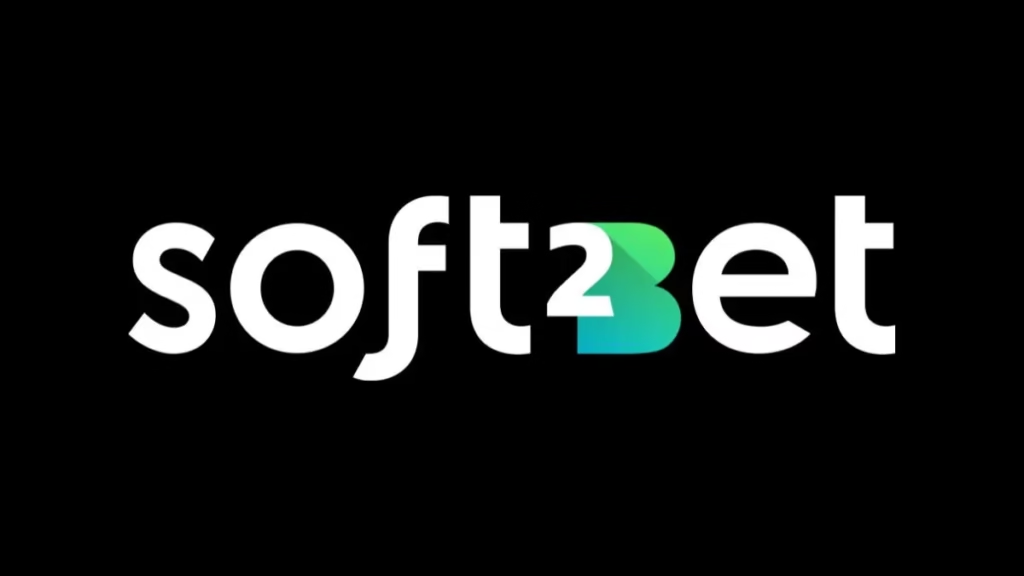How Intelligent Document Processing is Revolutionising B2B Workflows
According to Gartner, more than 80% of enterprise data remains unstructured, making it difficult to use in automated processes. In the B2B space, this often includes invoices, contracts, shipping forms, and legal documents. These are still handled manually in many sectors. Another report by McKinsey shows that intelligent document processing (IDP) can cut down operational costs by up to 30%, especially in sectors like logistics, finance, and manufacturing.
- Why are B2B operations still stuck with manual data entry when intelligent systems exist?
- How do outdated processes delay decision-making and impact client relationships?
- What role can AI and OCR actually play in improving workflow automation across large enterprises?
This post explores how Intelligent Document Processing (IDP), especially from KlearStack, is shaping a new standard in B2B operations.
What Is Intelligent Document Processing in a B2B Context?
Intelligent Document Processing for B2B business refers to a technology-driven method of handling business documents using AI, machine learning, and OCR. Unlike traditional OCR that only reads text, IDP systems interpret, extract, and validate content from unstructured and semi-structured formats.
For B2B workflows, these formats can include:
- Purchase orders
- Bills of lading
- Credit notes
- Compliance documents
- Tax forms
KlearStack’s IDP solution adds intelligence to automation. It doesn’t just scan and digitize documents. It understands context, learns from corrections, and integrates directly into existing systems.
Why Traditional Document Handling Slows Down B2B Workflows
Manual document processing creates multiple issues in large B2B environments. These include slow turnaround times, data entry errors, and missed compliance requirements.
Lack of Standardization
In B2B transactions, document formats change frequently. Suppliers, clients, and regulators each have their own structure. Traditional tools can’t keep up.
High Volume and Repetition
Logistics teams may handle thousands of invoices every month. Repeating the same manual tasks leads to mistakes and loss of productivity.
Delayed Data Availability
When a document takes hours or days to process, decisions are delayed. This affects payments, shipments, and customer relationships.
KlearStack’s intelligent system addresses these issues with automation that fits directly into existing B2B platforms.
Key Technologies Behind KlearStack IDP
KlearStack IDP is built using a blend of AI technologies that work together to deliver consistent results.
AI-Powered OCR
This layer uses advanced OCR models that are trained on real-world documents. It works with typed, scanned, or even handwritten content.
Machine Learning Models
Each correction made by users helps KlearStack learn. These models adapt over time, improving accuracy without needing full reconfiguration.
Document Classification and Field Mapping
KlearStack first identifies what kind of document it’s working with. It then maps out the required data fields, even in complex layouts.
Unstructured Data Processing
Even if the document has no clear format, KlearStack extracts and structures the information. This is especially useful in logistics and BFSI workflows.
Benefits of Intelligent Document Processing for B2B Business
Implementing an IDP system isn’t just about technology. It directly affects operational performance, compliance, and cost efficiency.
Shorter Turnaround Times
Documents that once took hours can now be processed in under a minute. This keeps orders, payments, and client updates moving.
Better Data Accuracy
KlearStack IDP offers 99%+ field-level accuracy. This reduces costly rework or disputes from incorrect data.
Seamless System Integration
The platform offers APIs that work with ERP, CRM, and custom internal tools. This means teams don’t need to change their current workflow systems.
Audit and Compliance Support
All extracted data is logged with timestamps and confidence levels. This makes audit trails and compliance checks easier to manage.
To explore these benefits further, visit the official Intelligent Document Processing for B2B business page.
Use Cases Across B2B Sectors
KlearStack IDP is already used in several B2B industries. Here’s how it supports real processes:
Finance and Accounting
Automated reading of invoices, tax forms, and credit notes speeds up reconciliation and reduces fraud risk.
Logistics and Shipping
Documents like bills of lading, shipping declarations, and customs forms are processed in real-time.
Manufacturing and Procurement
Purchase orders and delivery notes are scanned, extracted, and sent to ERP systems without delay.
Legal and Compliance
Contracts and regulatory forms are analyzed and stored with searchable metadata, making document retrieval faster.
You can find more details on the full capabilities from the KlearStack IDP solution page.
How IDP Supports Digital Transformation in B2B
Digital transformation isn’t just about cloud tools or e-signatures. Document automation is a foundational part of it.
Centralized Document Access
KlearStack creates a digital archive with metadata and search options. This removes the need for physical filing or manual tracking.
Cross-Team Collaboration
Multiple departments—finance, operations, legal—can access the same data without duplication or conflict.
Performance Monitoring
Dashboards allow tracking of average processing time, data quality, and exception rates. This turns documentation into a performance metric.
As more businesses adopt automation, having an intelligent system to manage documents becomes not just helpful—but necessary.
Conclusion
KlearStack’s Intelligent Document Processing is helping B2B companies move past manual hurdles. It turns every document into usable, trackable data without adding more tools to your workflow.
Here’s what it delivers:
- Document handling time reduced from hours to minutes
- Reliable, high-accuracy data for better decisions
- Easier compliance and audit readiness
- Plug-and-play integration with existing systems
This is the kind of operational improvement that directly helps teams save money and move faster.
FAQs
What is IDP in simple terms?
It means using AI to read and process documents automatically, instead of doing it manually.
How is KlearStack different from standard OCR tools?
KlearStack doesn’t just scan text—it understands document context, maps fields, and learns from feedback.
Can KlearStack IDP be used by small B2B businesses?
Yes. It supports scalable plans and works with companies of all sizes.
Is document security managed?
Yes. KlearStack uses role-based access and secure storage protocols.






